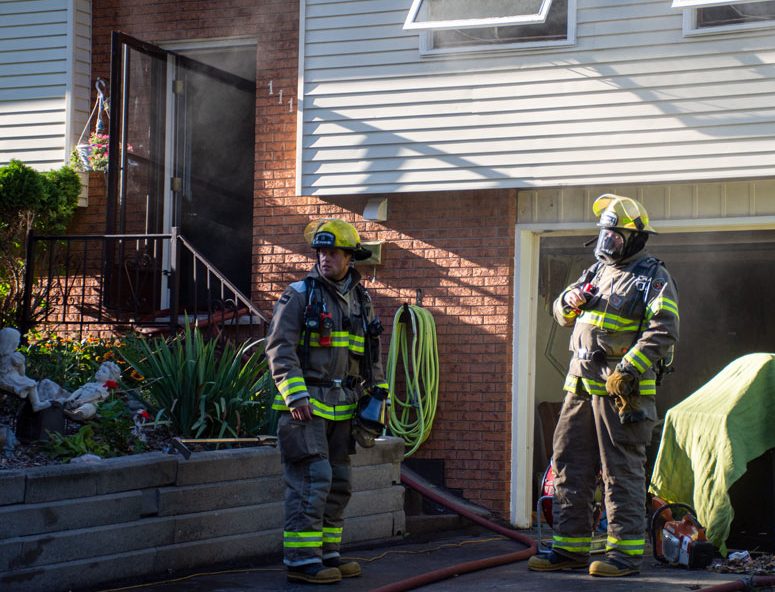KENILWORTH – Data analytics are becoming more prevalent in modern fire departments across Wellington County.
When Minto fire chief Chris Harrow took over as Wellington North’s chief, as part of an administrative services sharing agreement in 2020, software wasn’t yet in place.
Wellington North Fire Service (WNFS) had no computer or software systems running and had to built from the ground up, Harrow said in an email.
As fire departments modernize and become larger, Harrow explained, data becomes crucial to understanding where the department should focus its resources.
It also gives the province an idea of where fires are happening and why.
Data collected in Wellington North over the past two years reveals the number of calls for service increased year-over-year in 2022, according to a recent report presented to township council.
Although the reasons for a rise in calls are “many,” according to Harrow, the chief honed in on one — ambulance delays — when speaking to council last month.
Firefighters are normally “tiered” with paramedics on urgent medical calls, such as a cardiac arrest, where extra hands are needed.
But they’re also dispatched when an ambulance is delayed by more than 20 minutes, Harrow explained.
That policy ensures someone with a first-responder skillset is on scene until paramedics arrive.
“That’s where we were seeing a lot of calls last year,” Harrow said.
The chief’s recent statement echos a fall meeting last year when Harrow wrote in a report to council that the service’s volunteer firefighters were responding to an increasing number of medical calls “due to the shortage of ambulances in the area.”
“It has increased the workload of the team significantly, especially during daytime work hours,” he added.
Lengthy ambulance response times across Guelph and the county have been a long-pressing issue as offload delays at hospitals, particularly at Guelph General Hospital, tie up local paramedic crews waiting for hospital staff to take over patient care.
The ripple effect of hospital offload delays in Guelph is felt in Wellington North because ambulances are having to come from farther away in absence of a local crew — or aren’t available at all.
Worsening response times in recent years can be illustrated by the number of “code reds,” which signify no ambulances are available because crews are tied up waiting to offload patients at a hospital.
Such scenarios increased last year to 50 by the end of October, from just four in 2021, and none in 2020.
According to the WNFS 2022 data, most calls for service come between 10am and 2pm, regardless of the day.
Of the total 367 calls last year, 32 per cent or 118 calls, came on weekends, making Saturday and Sunday the busiest days of the week.
As with most fire services, the vast majority of calls are unrelated to fires; last year only 23 or 6% were for fires.
Medical calls accounted for another 107 calls, or 29% of the overall number of calls.
The “other” category — with responses for downed power lines, gas leaks, false alarms or other potential emergencies — exceeded medical and fire calls combined, accounting for 237 calls, or 64.5% of all calls received last year.
Harrow told council he doesn’t put much stock in two years of data.
“I like to look at three- to five-year trends,” he said, adding a greater baseline of data provides a more accurate picture of ups and downs.
By next spring, Harrow expects to be able to present council with a three-year data comparison.




